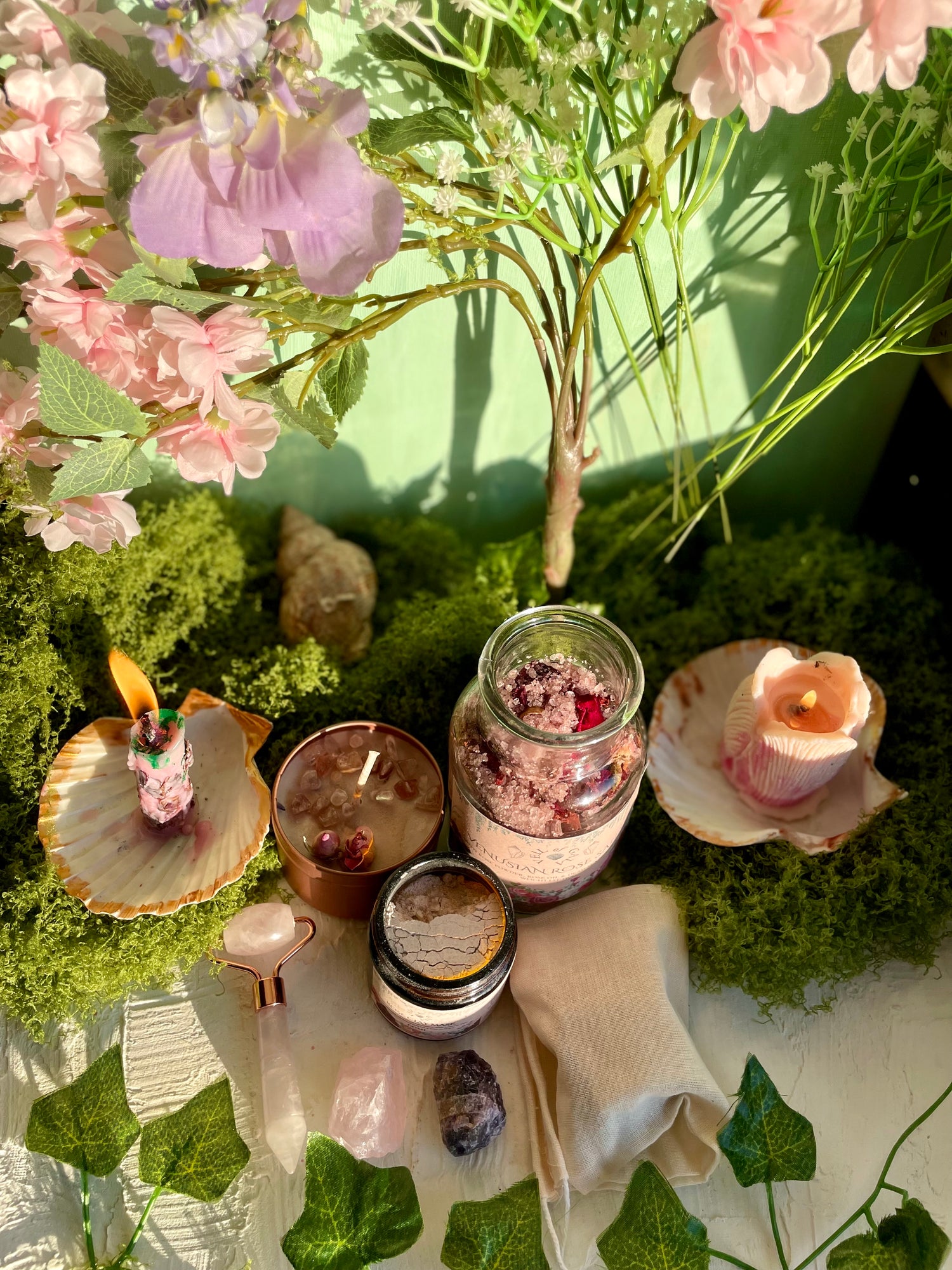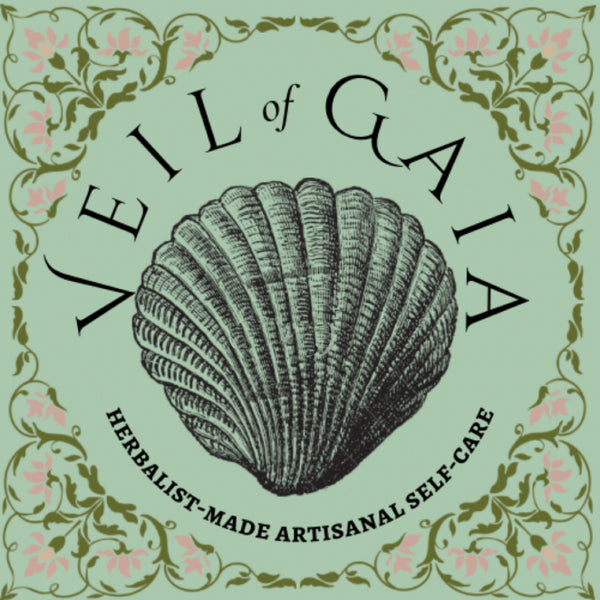 Despite being connected to the vibrational essence of nature since childhood, it was a California Poppy that introduced me to the breadth of different healing benefits that belong to flowers. Nature can teach us so much.
Despite being connected to the vibrational essence of nature since childhood, it was a California Poppy that introduced me to the breadth of different healing benefits that belong to flowers. Nature can teach us so much.
Flowers bring joy. This is something that we all know and love about them. Nature has been an integral part of healing therapies for thousands of years.
Even in modern day Japan, using nature to help to heal is a key part of their healthcare system. We’ve all heard of forest bathing, but what’s fascinating is that simply spending one day out in nature within a forest-setting increases the production of natural killer cells, which are the cells that recognise and destroy viral/cancerous cells. This increase is said to even last for 7 days.
If they can have such a profound effect on the physical, why can’t they have the same effect on our emotional and spiritual well-being? Their beauty alone can heal a saddened mind, but what about their other gifts?
If you observe flowers and plants on a regular basis, and get accustomed to their subtle flow, you will notice how they are in constant communication with each other, their environment and with us. They have a great influence on our aura and I have found that, after working with different flowers, they each have a distinct experience and you leave taking something different away from each one, each time. This has a lot to do with the vibration flowers emit. We are all vibrational beings made of energy and plants are no different.
There has been much research gone into the vibrations of nature and natural remedies. For example, we know that rose essential oil has the highest frequency of 320 MHz, with other oils such as Lavender being at 118 MHz.
Flower essences are all about encapsulating the vibration of the flower for its healing properties. There’s a fantastic quote I noted in an article written by the Flower Essence Society (FES): “A well prescribed year of flower essence equals to years of spiritual growth without them”. I would say that this is a rather efficient way to sum up the result of using flower essences. They are an aid rather than a cure. They bring awareness to patterns and help to shift your emotional states. The use of flower essences has been a technique dating back centuries. However, one of the most famous modern-day names you’ll hear is that of Dr Bach, who developed his essences in the 1930s. Bach believed that if our emotions resulted in physical reactions, then our emotional well-being must result in a lot of disease manifestation. Bach’s framework revolved around the idea that, in order to achieve ample health, there needed to be harmony with the soul.
”Disease is, in essence, the result of conflict between soul and mind and will never be eradicated except by spiritual and mental effort”. -Bach
So, how do you create your own flower essence?
To begin with, ensure that you respectfully connect with your chosen plant. Once you feel that it is okay to, gently cut the flower heads off, all whilst giving thanks. Then fill a glass or crystal bowl with spring, mineral or filtered water (the chemicals in tap water tamper with the essence). Softly sit the flower heads or petals on the top of the water, without submerging them completely, if you can help it. Leave the bowl outside in the sun for at least 4 hours. Different sources say different things. Some say a minimum of 2 hours, others say 6. Either way, as long as the essence is out for a good amount of the day, it is fine. You can even opt to create a moon essence, by leaving the bowl to bask in the moonlight overnight. Once the essence has been captured and the time is up, gently take the petals out of the bowl. Instead of throwing them away, you can bring the flower heads back to its plant, as a sign of appreciation, if you wish. Sieve the water in case there are some bits in it. This is called your Mother Essence. It is very potent in vibration, therefore it always needs to be diluted. You then use 4-10 drops of the Mother Essence into a bottle (ideally a dropper bottle) and fill the rest with half Spring Water and half Brandy or, for an alcohol-free alternative, you could use Apple Cider Vinegar as I do (another preservative is Vegetable Glycerine). This is now your stock bottle. The required dosage from the stock bottle should be around 4-5 drops under the tongue, in water or in your tea, both when you wake up and when you’re about to go to bed. However, you can also put it in sprays, skin creams, baths, acupuncture points, chakras etc. You can start with one essence and build them up to target specific areas that you want to work on. Working on therapies that work synergistically with the essence helps, too. This may include doing shadow work, journaling, using affirmations or meditation. Above all, it is important to remember that the thoughts, mood & frequency that you are vibrating at when you create the essence is paramount. Much of the energy of the essence comes from the actual practitioner.
Jane Ellen provides insightful details on the 4 R’s regarding the stages of healing with flower essences. According to Ellen, each R lasts for around 28 days, however this is not always the case.
The stages of the 4 R’s:
Release/Relaxation/Rejuvenation: this is the first stage and, at first, feels rather normal. Eventually there will be some sensations over time that are seen as ‘shifting symptoms’ as the energetic relationship between the soul and body come into alignment.
Realisation/Recognition: the effects of the flower essence becomes increasingly distinct in the ‘mental field’. This results in an increased level of consciousness, such as clarity, objectivity and an overall increased awareness of how you react/respond to wounding, trauma and any other emotional aspect you intend to heal.
Resistance/Reaction/Reconciliation: this is the stage in which it appears as though conditions may regress or worsen. This is where the conscious effort comes into play. Ellen states that the soul must resist original wounding in order to create a renewed understanding which involves ‘addressing underlying aspects’ stored away.
Renewal: this is the stage which births the emergence of an entirely new aspect of the self. In other words, this is a newfound awareness of better ways to respond to negative patterns, emotions and reactions.
Jane Ellen describes the use of flower essences as helping to create a “deep, cellular level alchemical transformation process”. Jane also talks about trauma storage. If you read our previous article, you would have read about how body scan meditations are effective in revealing where we store trauma in the body. Ellen talks about the manifestation of this trauma in relation to flower essence healing. She gives the example of her always having lung concerns, due to the fact that she stored sorrow and grief in the lungs for many years. She started using flower essences to accommodate her healing. As a result, she had a long bout of bronchitis, which was the ‘Resistance’ stage of her flower essence healing period. After that, she states she never experienced lung issues ever again as the trauma had been worked through and lifted.
“Breakdown leads to breakthrough”-Jane Ellen.
Below I have listed different kinds of plant properties if used in an essence:
Agrimony: addiction/unhappiness/anxiety/insomnia
Aspen: fear/worry
Beech: critical/lack of compassion
Bindweed: relax/less constrained in a situation
Blackberry: for feeling rooted
Bluebell: shyness (especially in children)/those who undermine themselves
Borage: coping with what life throws at you
Buttercup: self-confidence
Carrot: creativity
Centaury: weak-will/timid/passive
Cerato: confirmation/do not trust own judgment
Cherry plum: calmness in panic
Chestnut bud: learning
Chicory: self-pity/demanding/manipulative
Clematis: for daydreamers
Cowslip: feeling safe/nurtured
Crab Apple: liberate/clear blockages and guilt/for self-love
Dandelion: grounding
Dicentra: helps you to find space when broken hearted/comforting
Elm: overwhelmed/depressed
Evening primrose: awareness and light to our fears and dark thoughts
Gorse: to help with being full of joy
Harebell: realignment and getting back on track
Heather: talkative/lonely/attention-seeking
Herb Robert: sensitivity
Holly: jealousy/insecurity/anger/dealing with other peoples anger
Honeysuckle: homesick/grief
Hornbeam: weariness/overworked
Impatiens: impatience
Larch: for confidence/if you feel inferior
Mimulus: fear/shyness/sensitive
Mustard: depression/gloominess
Nettle: clear boundaries and voice
Oak: exhaustion/workaholic
Olive: exhaustion
Pennyroyal: rebalancing the feminine
Peppermint: foggy and forgetful and in need of extra energy/focus
Pine: guilt/apologetic/shame
Red chestnut: worried/fear
Rock rose: fear/nightmares
Rock water: self-repression/self-sacrificing
Scleranthus: indecisiveness
Star of Bethlehem: trauma/PTSD
Vervain: hyperactive/fanatical
Vine: domineering/aggessive
Walnut: dealing with change and feeling safe and protected while this change occurs (including menopause/puberty)
Water violet: proud/antisocial/condescending
White chestnut: worrying
Willow: self-pity/irritability
Wild garlic: feeling safe and looked after by the universe
Wild rose: vitality/feel more alive/letting go of grief relating to fertility/lack of ambition
Wisteria: increasing intimate expression
Yarrow: protection from outside influences and draining energy
I find creating flower essences to be such a therapeutic ‘ritual’ in itself. Flowers are here to help us to heal in so many different ways. If you decide to create some essence of your own, I highly advise doing research into the plant. Many flowers or plants can be toxic, therefore ensure you identify and utilise the plant properly. Above all, treat the plants with love and respect, as they are living just as you or I.
I hope you enjoyed this journal entry.
With love and blessings,
Veil of Gaia x
*Featured Image: Candice Milon


